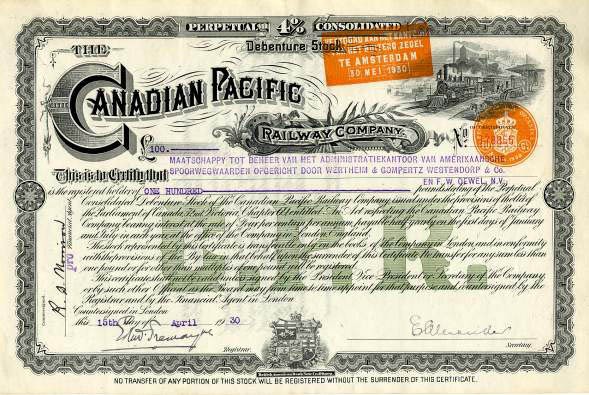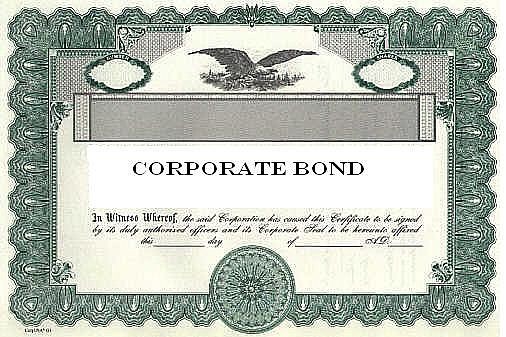Perpetual bonds
Post on: 29 Июнь, 2015 No Comment

Promotions
Perpetual bonds have become a popular investment among private investors. In this yield-hungry environment, investors have been enticed by the headline coupons offered by perpetual bonds. Private investors have bought a big chunk of some perpetual bonds — as much as 76 per cent of the recent perpetual issue by Cheung Kong (Holdings) went to private banks.
But many of the recent issues have immediately traded below par. Perpetual bonds issued in January by Agile Property, Cheung Kong and Reliance Industries have each lost 5 per cent to 10 per cent of their value.
Perpetual bonds have no maturity. Issuers usually have an option to call, or buy back, a bond, but theoretically these issues can last forever, with investors never repaid their principal but forever reaping an annual interest payment.
Perpetual bonds are risky. The debt is typically subordinated. This means that investors are near the bottom of the hierarchy of lenders for repayment if an issuer defaults.
Investors at institutions typically won’t buy perpetual bonds — they view them as too flaky and the coupons as too low for their risks. Issuers, as such, rely on private bank clients to sell their deals.
Perpetual bonds are also very sensitive to interest rate movements. Their price falls when interest rates rise to adjust for the fact that other investments have become available at a higher coupon. As it is, expectations are building that the United States will start raising interest rates as the economy recovers. These rate rises will affect perpetual bond prices.
To lure investors to invest in perpetuals, the instrument often offers protection against interest rate increases. For example, a rate reset might be offered. This means that, although there will be a stated coupon for the first few years, the coupon will be adjusted periodically as interest rates rise.
For example, in the Hutchison Whampoa perpetual bond, issued in May 2012, the interest rate for the first five years is fixed at 6 per cent. But after five years, if interest rates rise, the coupon on the perpetual will also rise for the next five years. This reset will repeat every five years.
The other protection is known as the step-up. In this, the coupon will be adjusted for interest rate increases, and by an extra set percentage, known as the step-up margin. For instance, in the Hutchison Whampoa perpetual mentioned above, the coupon will rise by 1 per cent at the end of 10 years, on top of adjustments for interest rate increases.
These protections perform another function: they motivate the issuer to buy back the bond. At some point, interest rate payments become punitive for the issuer.
Investors can look forward to receiving their principal when that happens. For example, in the above Hutchison Whampoa perpetual, there is a good chance the company will buy back the perpetual at the end of 10 years instead of continuing with an expensive bond.

That sets up the first golden rule for investors: ask when and how the coupon may increase. If you do not find any provisions for a coupon increase, remember that you are exposing yourself to swings in price as interest rates change.
The second golden rule is: ask what incentives exist for the issuer to buy back the perpetuals. The best incentive is a rise in coupon. If you do not get a large enough increase in coupon, then the issuer will have no incentive to call back a bond. You, the investor, will likely end up with a long-maturity bond that declines in value as interest rates rise.
The other important point to consider is the seniority of the perpetual bond. For example, the recent perpetuals from Cheung Kong and Reliance Industries were both senior bonds. Which means that you will be repaid ahead of other subordinated lenders if these companies were to be wound down.
The private bank client should note a few obvious risks. The first is that perpetual bonds are very complicated. They involve an unpredictable set of variables: interest rate moves, the potential for rate rises or coupon step-ups to kick in, and the chance that an issuer will — or won’t — call a bond after a period. It is hard to get a precise fix on the right price for the bond.
Even well-structured, senior perpetuals from quality issuers such as Reliance Industries and Cheung Kong have suffered market losses. It is a risky instrument. Investors need to tread carefully.
Dilip Parameswaran is the head of Asia Credit Advisors














